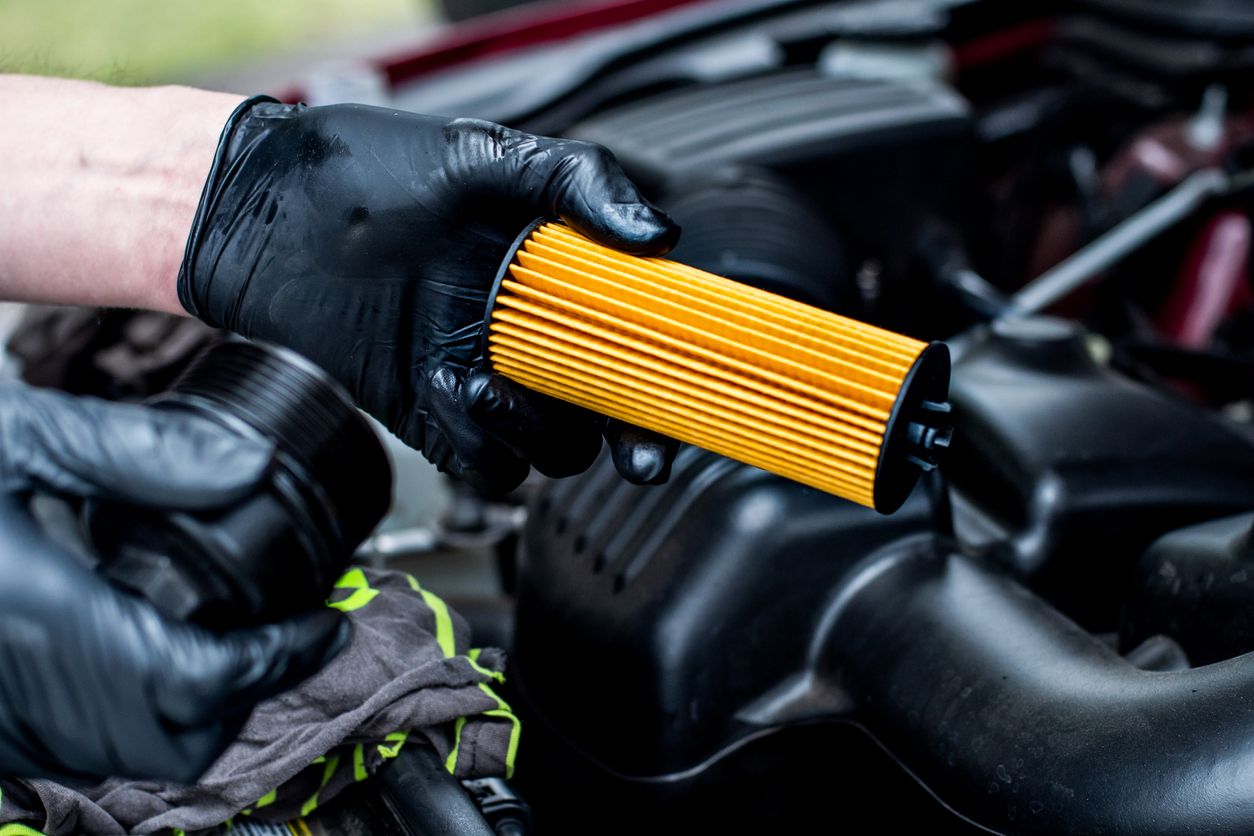Checking oil is a straightforward task that can save you from costly repairs down the road. To achieve peak engine performance and longevity, here's how to check your oil level in your car—like a pro.
Why Checking Your Oil is Important
Motor oil is the blood of the engine, and as our tire manager Rubin says, “If there's no oil, the car won't run for long.” For instance, if your oil level gets too low, your engine could overheat, seize, or even fail entirely. That's why you need the right amount, the right type, at the right time. If any of these things are off, it could spell trouble for your ride.
Neglecting regular oil checks can lead to some serious consequences:
- Increased Engine Wear: Without enough oil, moving parts rub together, causing friction and damage.
- Overheating: Oil helps dissipate heat. Without it, your engine could overheat and fail.
- Costly Repairs: Engine repairs or replacements are among the most expensive fixes. Regular checks can help avoid these issues.
- Decreased Performance: Low oil levels can lead to sluggish engine performance and reduced fuel efficiency.
Avoid these headaches by making oil checks a habit—it's quick, easy, and well worth the effort. Plus, it could save you thousands in repair costs.
9 Steps to Check Your Oil Like a Pro
Step 1: Gather Your Tools
You don't need much to check your oil, just:
A clean rag or paper towel.
Access to a flat surface to park your car.
Your owner's manual for specific instructions.
Note: Many modern vehicles have digital oil sensors that display the oil level on your dashboard. Check your owner's manual for guidance on using this feature. If your car has this technology, you might not even need to pop the hood!
Step 2: Ensure the Car is Cool
Park your car on level ground to ensure you get an accurate reading. Turn off the engine and wait 10 to 15 minutes for it to cool down.
Note: Manufacturers used to recommend that you check your oil when the engine was cold, to give the oil a chance to settle in the oil pan. However, many manufacturers have since recalibrated their dipsticks to read correctly even when the engine is warm. Check your owner's manual for vehicle-specific instructions.
Step 3: Locate Your Dipstick
With the engine off, pop the hood and locate the engine oil dipstick. If you're wondering how to check your oil dipstick, it often has a red or orange plastic tab on it. If a quick look around the engine doesn't help, refer to your owner's manual because there may be multiple dipsticks under the hood. The owner’s manual will also likely have a picture to help you locate the engine oil dipstick.
Check your oil once per month. Refer to your owner's manual or rely on your Firestone Complete Auto Care technician for current, engine-specific, oil service interval recommendations.
Step 4: Remove the Dipstick
You may want to wear gloves for this part to keep your hands clean. Spoiler alert: You'll get a sneak peek at your oil's level and consistency, but an oil dipstick reading at this step is unreliable. Keep reading and don't skip step four.
Step 5: Clean the Dipstick
Wipe the dipstick (from the handle to the tip) with a clean rag or paper towel. The reading you get from pulling the dipstick out the first time isn't accurate because the motor oil can splash around or wick upward on the dipstick.
Step 6: Reinsert the Dipstick
Be sure to push the dipstick all the way back in, wait for a second, and then remove it again.
Step 7: Check Your Oil Dipstick
Review the level of oil on both sides of the dipstick. Indicators toward the bottom of the stick will let you know if the oil is low, good, or high.
Note that motor oil gets contaminated in several ways, including debris introduced through the air, tiny metal shavings from the engine itself, and combustion by-products. A clean oil filter helps fend off some of these contaminants so that your motor oil can do its job. Every Firestone Complete Auto Care oil change comes with a filter change, but not all oil change providers include this in their standard service.
Step 8: Inspect Your Oil
Visually inspect the color and consistency of the oil on the stick. This can help you determine the oil's current effectiveness. If your oil appears excessively thick, gritty, or milky, it might be time for an oil change.
Step 9: Reinsert Your Dipstick
Wipe the dipstick off again and put it completely back into its tube. Make sure it is fully inserted. Close the hood.
If your oil check indicates that your oil is low or has a strange consistency, visit your local Firestone Complete Auto Care to speak with an oil expert. We'll perform a courtesy checkup and if needed, a professional oil change.
How to Check What Oil Your Car Takes
Using the right type of oil is just as crucial as having enough of it. Here's how to find the right match:
- Consult Your Owner's Manual: Your manual will specify the recommended oil viscosity (e.g., 5W-30) and performance or quality specification (e.g. API SN).
- Check the Oil Cap: Many vehicles have the recommended oil type printed on the cap itself.
- Use Online Tools: Many oil brands and auto shops offer online tools to help you identify the correct oil for your make and model.
Using the wrong oil can impact your car's performance and even void your warranty, so double-check your choice.
Firestone Complete Auto Care Supports Your Oil Change Needs
While learning how to properly check your oil is an empowering skill, oil changes are an inevitable part of vehicle maintenance. Checking, changing, or topping it off regularly is the number one thing you can do for your engine.
When it's time for any of these services, let your nearest Firestone Complete Auto Care handle the job. With trained technicians, quality oil products, and quick oil change services, not only will your engine get the care and attention it needs, but you'll also get peace of mind along with a smooth-moving engine! Schedule an appointment today!



